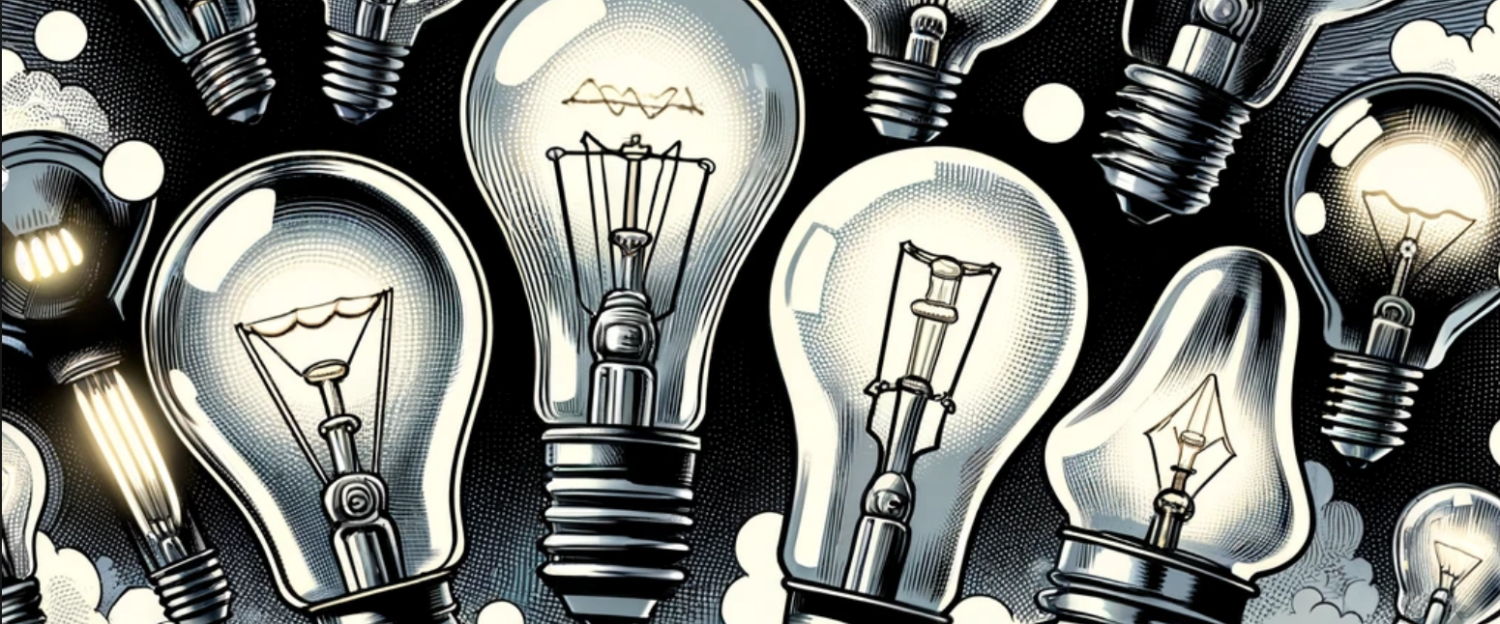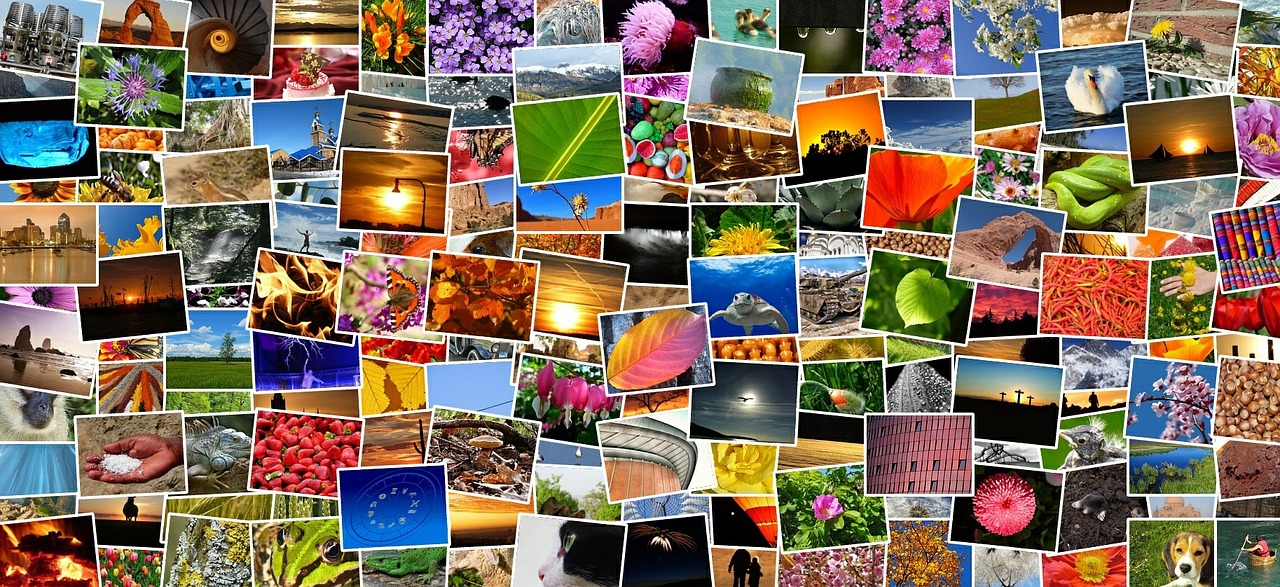Jesse Lyn Stoner recently posted Does Your Organization ASPIRE. I love her posts for many reasons. She posts about vision, values, attitudes, leadership, team building, culture, purpose, collaboration… all things I think about, read about, study, teach and promote. It’s all great stuff … and it doesn’t always scale to community. It’s Newtonian when we need Quantum.
Jesse was kind enough to reply to my short comment on her ASPIRE post. It was her reply that got me thinking about the mental models we use for “community”. This is part of Jesse’s reply,
To apply to communities, I’d suggest you could just take the description up one notch. Communities do need an aligned vision, agreement on what a healthy community looks like, in order to integrate the various programs. When we talk about Results-focused in business, we use the language customer-centered results. However in NPOs and communities, constituency could be substituted for the term customer, in this case the members of the communities.
Here’s the rub – we do tend to think of communities as being “like” organizations. They are not. As a community member I am about as far away from being a customer as possible. My city hall sees me as a customer though, so feels quite justified in acting like the owner of the business, which it is not. It has a business to run but that business is not community. This is also the mental model, or mind set, that helps community members abdicate their own responsibility for community.
Communities are networks, created and connected by relationships between people who have varied values and visions for themselves, their families and their own organizations. There is little room for a shared vision because that would by definition de-value the diversity that is present and needs to be valued more, in a health community. A community embraces a variety of values and visions and goals because it is organic, complex and adaptive in the same way a human body is. Not in the way an organization or business is.
As Peter Block would say, and Meg Wheatley would support, the role of community leaders is to craft the invitation to create something new that could not be created alone, to ask questions that lead to possibilities, not visions, and to create the conditions for genuine engagement. I know the language makes it difficult and that to some there is scant difference between vision and possibility. This is what Block says about possibilty compared to vision:
 Our typical way of creating a future is by specifying the vision, the goals and then defining a blueprint to achieve it. This is called destination strategy for solving problems… this way of thinking does indeed work for many things, especially in the material world. It does not work well with human systems or when the desire is to create something out of nothing. In fact, it is this very mindset, one based on clear definition, prediction, and measurement, that prevents anything fundamental from changing. We still believe that in building a community, we are in effect building and operating a clock. Once again, problem solving makes things better, but it cannot change the nature of things. This insight is at the center of all the thinking about complex adaptive systems, emergent design, and the organic and self-regulating nature of the universe.
I think community is like the land, like nature and like children. We have a sacred responsibility to care for, nurture and protect them but never to own them or run them like a business. We can and ought to take ownership of an experience and our choices. We need a new model.
As for programs, Block paraphrased John McKnight saying that,
… as soon as you professionalize care, you have produced an oxymoron. Systems provide services, not care.
I cringe every time I hear that we are funding yet another program rather than spend a few bucks on the genuine invitation to connect and engage. If you want to help a homeless person, invite him into your life. Take her out for lunch and make it a regular thing. Maybe even explore the possibility of taking that person home for Christmas dinner. That will make a difference. The relationship you form will make a difference.
I was at my local corner store the other day, and really this is where this post began, and I realized I lived in a community that refuses to give water to a thirsty child. I was on my way out of the store when a boy went in. He and his friends had been skateboarding in the alley behind the store, which is great because it’s relatively safe. It was a really hot day. He went into the store and asked politely if he could get a drink of water. the answer was “no”.
I didn’t think too much of it until I was almost home and then it hit me. This is the exact reason community breaks down. We become ruled by fear and then refuse a drink of water to a thirsty child. You know what the conversation was. I know you do. Boss to employee… By the way, you may get kids in here asking to use the bathroom or for a drink of water. We don’t do that. Lord knows what would happen if we encouraged that. We’d be over run with kids asking to pee or have drink of water. Sure as shooting they’d abuse it, probably steal stuff too. Flash forward, 10 years from now and that child is at a crossroad and he unconsciously replays his life, who’s helped him, who’s not helped him. It may be subtle but that’s how decisions are made, by the total of all our experiences. His judgement may become that store owners are not friendly or supportive. It’s that kind of thinking that breaks community.
We need a new way of looking at community, of understanding and co-creating community. A way that integrates the idea of creating possibility from relationships rather that visions to solve problems. I think folks like Peter Block, John McKnight and Margaret Wheatley are helping define the language and carve out the space for the conversation about this.

